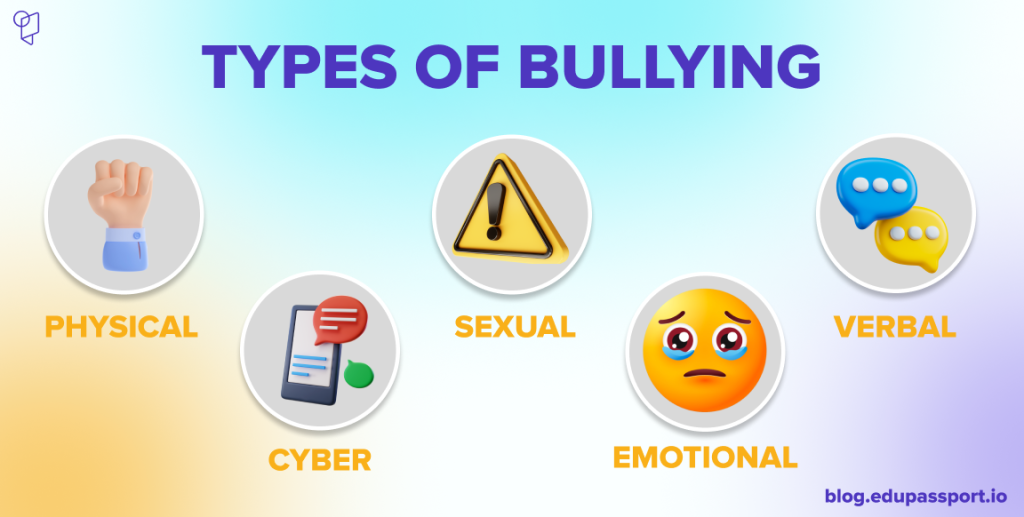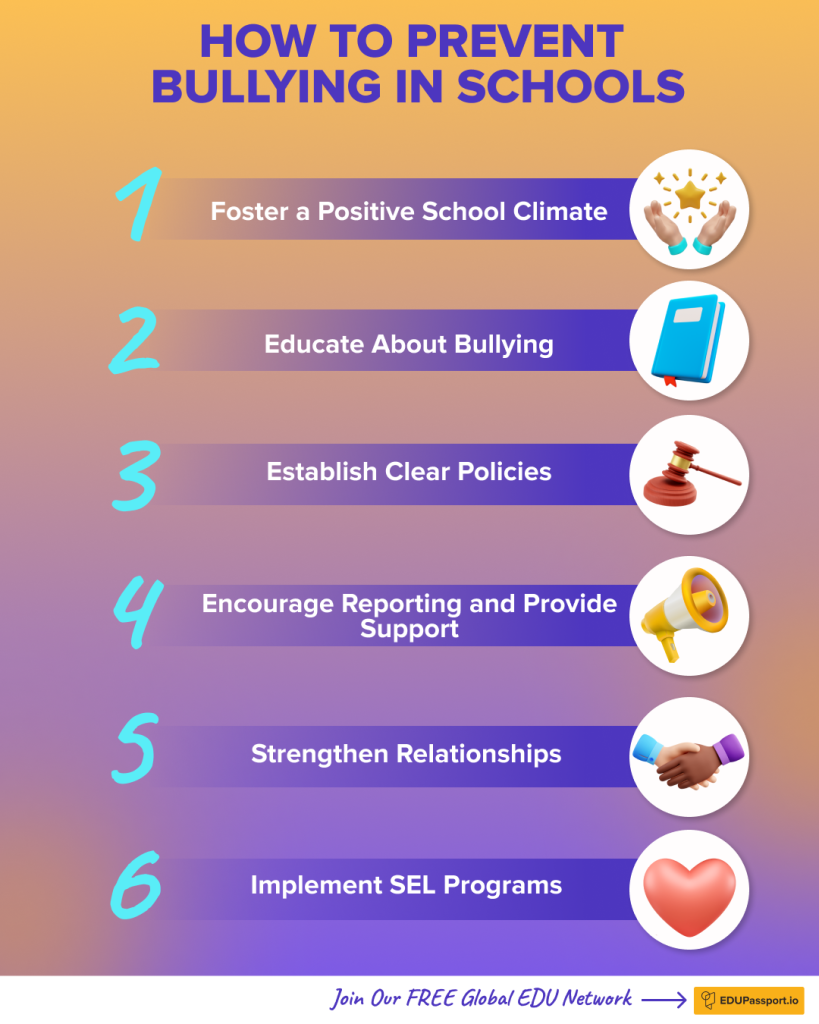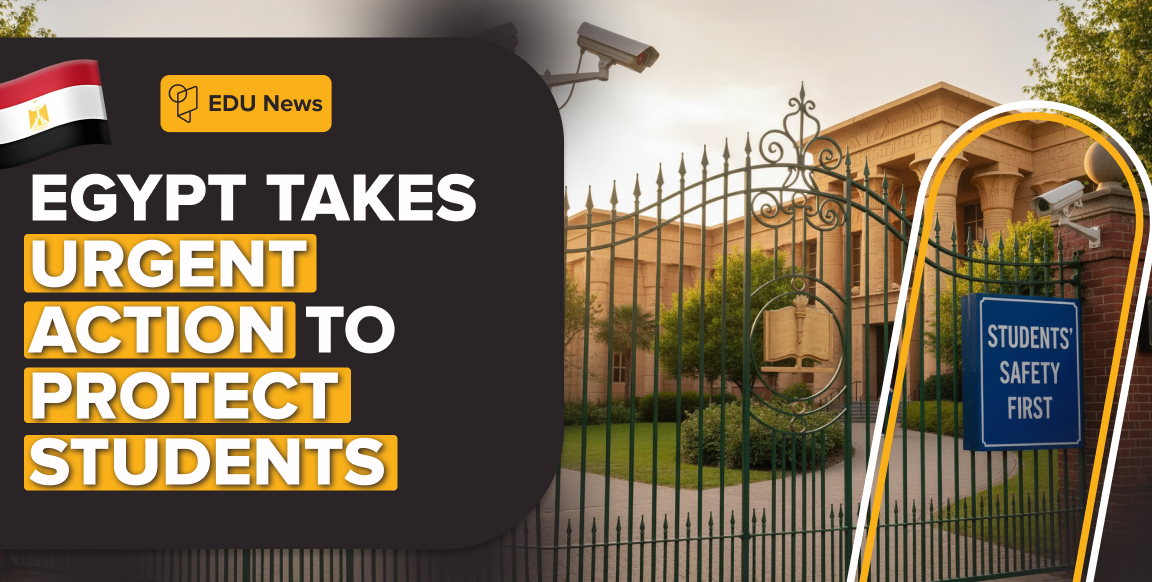Bullying in Schools: Why Prevention Matters
Bullying in schools is more than bad behavior—it’s harmful, unethical, and damaging to a student’s well-being. Left unchecked, bullying reduces school satisfaction, impacts attendance, and erodes a safe learning environment.
A 2018 study by Fry et al. found that bullying in schools is directly linked to higher absenteeism, reinforcing why immediate action is essential.
Educators play a central role in shaping safe and inclusive schools. By understanding what bullying looks like, why it happens, and how to prevent it, teachers and leaders can build a culture of respect and empathy where every student feels supported.
What Is Bullying in Schools?
At its core, bullying happens when one student repeatedly harms, intimidates, or exerts control over another. It can be verbal, physical, emotional, digital, or even sexual. What matters most is this: bullying leaves the victim feeling fearful, isolated, or powerless.
Types of Bullying
- Verbal: Insults, name-calling, spreading rumors
- Physical: Hitting, pushing, tripping, damaging belongings
- Emotional/Psychological: Intimidation, humiliation, threats
- Cyberbullying: Online harassment via social media, texts, or email
- Sexual Bullying: Harassment, inappropriate touching, or sharing explicit content without consent

Bullying by the Numbers
- 20% of U.S. students report being bullied at school (NCES, 2019)
- 41% of bullied students believe it will happen again
- Boys are more likely to face physical bullying, while girls are more likely to face rumors or exclusion
- In the UK, 39% of students aged 11–16 reported bullying incidents to an educator or adult
- In Australia, about 9% of students experience bullying weekly
These stats show one thing: bullying is both common and preventable—if schools take action.
Why Bullying Happens
Bullying doesn’t occur in a vacuum. It’s often driven by:
- Power imbalances: Popularity, dominance, or perceived superiority
- Lack of empathy: Difficulty understanding or valuing others’ experiences
- Toxic environments: Cultures that normalize hostility or exclusion
When schools fail to challenge these dynamics, bullying thrives.
6 Ways Educators Can Prevent Bullying
- Foster a Positive School Climate
Promote values of respect, empathy, and inclusion. Create opportunities for collaboration, teamwork, and kindness. - Educate About Bullying
Teach students what bullying looks like, its impact, and why empathy matters. Social-Emotional Learning (SEL) programs help build resilience and compassion. - Establish Clear Policies
Adopt transparent anti-bullying policies and ensure that students, staff, and parents understand both the rules and consequences. - Encourage Reporting and Provide Support
Set up safe, confidential ways for students to report bullying. Let them know they’ll be heard, supported, and protected. - Strengthen Relationships
Encourage open communication between educators and students. Build trust so students feel comfortable sharing concerns. Implement SEL Programs
Incorporate programs that build skills like conflict resolution, emotional regulation, and empathy. These reduce bullying and strengthen peer connections.
Final Thoughts
Preventing bullying is not about a single policy—it’s about culture. Schools that actively teach empathy, set clear expectations, and provide safe channels for support create environments where students thrive.
At EDU Passport, we empower educators with resources to strengthen classroom management and prevent bullying.
👉 Join our community free today and explore strategies to create classrooms built on respect, safety, and inclusion.






















